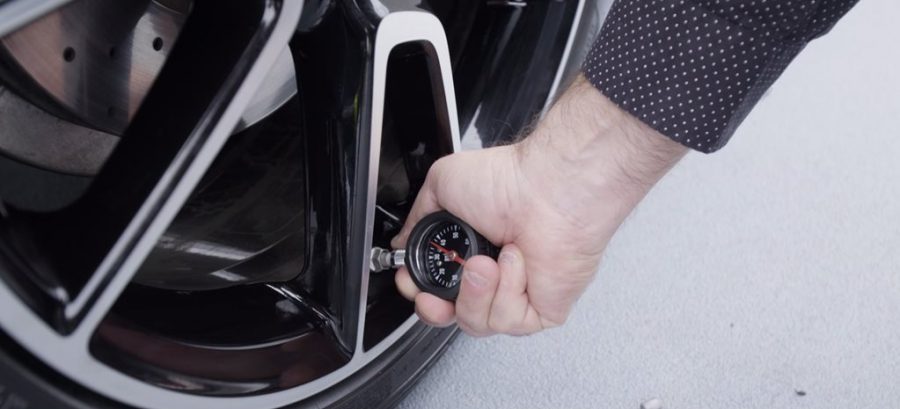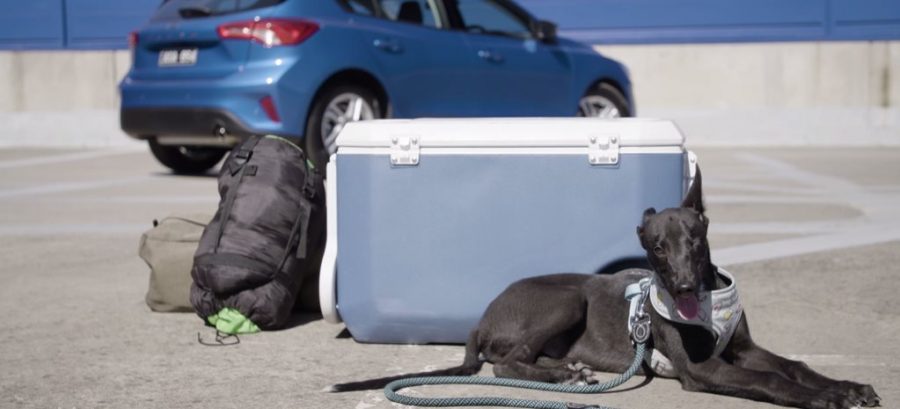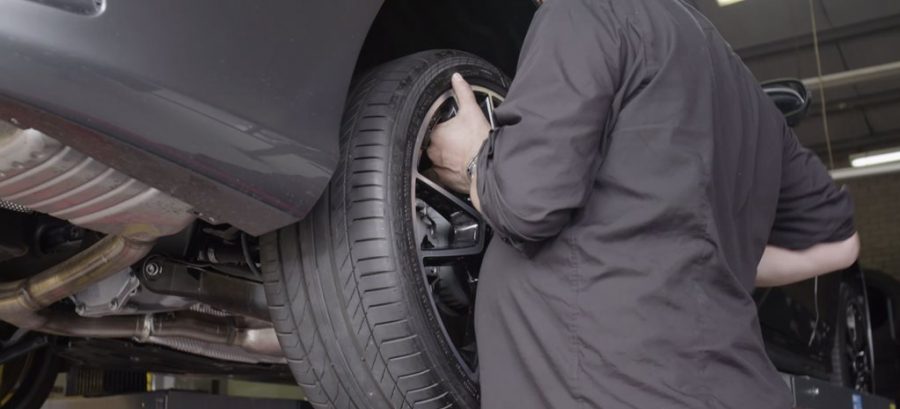Before you jump in the car for that long-overdue road trip, it’s important to check the condition of your tyres.
After months spent at home social-distancing, it’s almost time to jump back in the car and hit the road for that dream regional or interstate trip. Road trip snacks? Check. Perfect Spotify playlist? Check. Destination? Check. Tyres? Get them checked!
To that end, we chatted to Mitchell Golledge, managing director at Continental Tyres, to find out everything you need to know about checking your tyres and getting your car ready for your getaway.

Move it!
Tyre flat-spotting is common after a car has been parked for a prolonged period. This happens when the tyre area in contact with the ground creates a flat spot in the rubber due to lack of movement.
There are two types of flat-spotting: temporary and semi-permanent. The severity of the flat spot is determined by things like tyre size, load, internal structure, ambient temperature and the amount of time the car has been stationary.

A temporary flat spot may cause a vibration that will typically disappear after a few kilometres. But if it doesn’t, the flat spot may be semi-permanent, so make sure you have your car inspected by a professional.
If your car is going to be parked for a prolonged period, regularly re-parking it so that the tyres spin to different positions will help avoid flat-spotting.
Pressure test
Ahead of a big trip, check your tyre pressure – this is paramount to vehicle safety. Having the correct tyre pressure is also a simple way to maximise fuel efficiency and mileage before you hit the road.
Tyres are best checked while they are cool, so before you get going, check your vehicle handbook to locate the recommended tyre pressures. Alternatively, this detail can be found inside the fuel filler flap and on the driver’s doorpost. Once you’ve got that sorted, head to your nearest service station to pump your tyres up with air – and before the tyres get hot.

That said, it’s important you check your tyre pressure every month – not just before you’re headed on a lengthy drive. Tyre pressure is directly linked to vehicle performance, driving comfort, cornering, braking grip, handling behaviour, directional stability and longevity.
Alignment and rotation is key
Tyres should be rotated every 10,000km and wheels should be aligned every two-to-three years.
Having your tyres regularly maintained by a professional will extend their lifespan significantly, and save you money down the track. Having your wheels aligned, rotated and balanced will lead to a much smoother drive, improved fuel efficiency and reduced stress on your engine. This process takes only a short time and will dramatically increase your vehicle’s safety and performance.
To encourage your tyres to wear evenly, have them rotated and balanced every 5000km. Tyres showing unevenly worn tread are unsafe and more likely to slip in wet conditions – not ideal as we head into winter. If you’re overdue to have this done, make sure you book your car in with a professional ahead of your road trip.
Check your spare
Tucked away and out of sight, it’s easy to overlook your spare tyre – that is, of course, until you need it. As mentioned earlier, tyre pressure is so important to overall vehicle safety, and in the event of an emergency, you want your spare tyre to be able to perform just as well as your original tyres.
Before you head off on your journey, check the tyre pressure on the spare and inspect for any visual damage. There is nothing worse than needing to use your spare tyre in an emergency and it not being up to the job.
Time to upgrade?
Sometimes adequate tyre maintenance will mean more than checking, aligning, rotating and pumping with air. Continental recommends that tyres are changed when the remaining amount of tread is at 3mm. If the tread depth falls below this measurement, it will hugely affect your vehicle’s safety. Tyres should be changed immediately should they fall below the Australian legal tread depth limit of 1.66mm.
A great way to check this yourself is via the ‘20c coin trick’. Place a 20c coin into the tyre tread; if it doesn’t reach the bill of the platypus, it means there’s less than 3mm of tread remaining.
Also, keep an eye out for any signs of visual damage to your tyres – cracks, cuts, impacts and punctures are all reason enough to have the tyre checked out by a professional.
Thinking of getting a car loan? You may wish to speak to us by booking an appointment or by booking a time for a chat at this link.
Article reproduced from WhichCar


